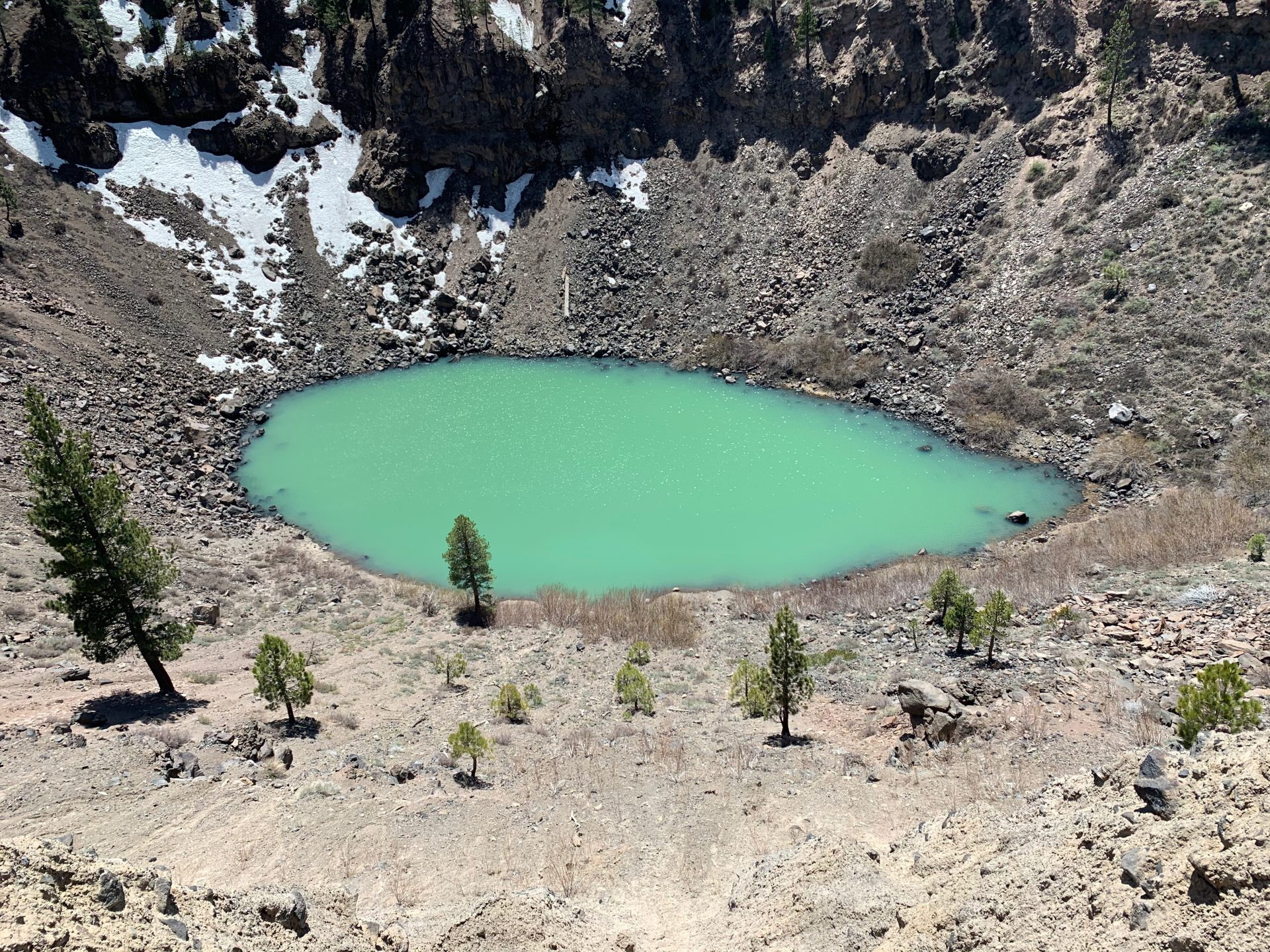
Other Common Types of Harmful Algal Blooms
Prymnesium (Golden Algae) and Fish Kills:
Prymnesium parvum, also known as ‘golden algae’, is a species of algae that produce lethal fish toxins. Blooms of this alga have caused massive fish kills and huge economical loss. This alga is ‘euryhaline’, meaning it can grow in a wide range of salinity. It is therefore found in both marine and freshwater environments, but they more commonly form toxic blooms in slightly saline freshwater bodies. A scientific review of this alga was recently published.
Pseudo-nitzschia and Domoic Acid:
Pseudo-nitzschia is a marine diatom that can produce the toxin domoic acid. This powerful neurotoxin is the cause amnesic shellfish poisoning in humans, and results in mass mortality events among some marine mammals and birds. In the summer of 2015, a massive Pseudo-nitzschia bloom led to the closure of shellfish and Dungeness crab industries all along the west coast of the United States.
Dinoflagellate Blooms:
Dinoflagellates are a group of algae that occurs in both fresh- and marine waters, but harmful dinoflagellate blooms occur more often in marine water. A number of different dinoflagellate groups or species cause very different, and extremely powerful toxins. Notable among these are some powerful classes of neurotoxins such as saxitoxins (often produced by species of Alexandrium), and brevetoxins (often produced by Karenia). A review on the latter’s occurrence off the coast of Florida and the Gulf of Mexico can be found here.
We are able to determine the types of harmful algal blooms resent in a body of water via water body assessment. Please contact us if you have any further questions regarding our services.
